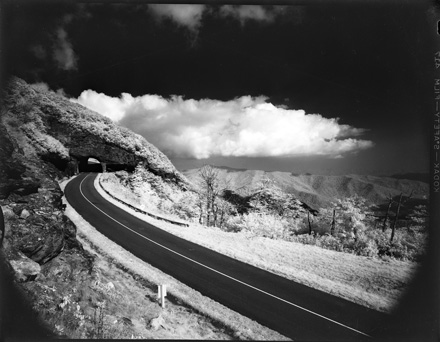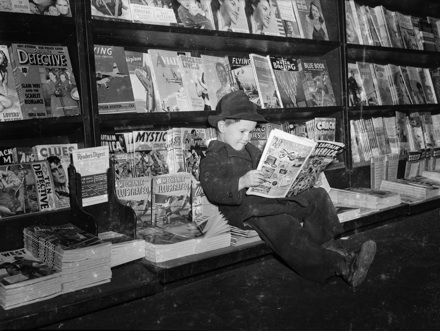The man in this gorgeous Morton image appears to be searching for something, though I’m not sure what. Inspiration? Perspective? The meaning of life? Perhaps he could use a finding aid.
It took longer than anticipated, but a preliminary finding aid for Series 1 of the Hugh Morton Collection of Photographs and Films, “North Carolina Places,” is finally online. We were working out some issues with our new style sheet, which controls the display, but I think it was worth the wait! The design looks a million times better than our old template, and we also think it’s much easier to navigate.
Please bear a few things in mind:
- This inventory is by no means a complete representation of the contents of the Morton collection. This is only one series of an eventual nine, and doesn’t yet include the 35mm slides or the moving images. Here are the remaining series, in the order in which they are likely to be added over the coming year: People & Events, Nature & Scenic, Grandfather Mountain, UNC-Chapel Hill, Sports, World War II, Places, Non-North Carolina & Unidentified, and Documents & Objects.
- I’ve had to come to terms with the fact that working on this collection is by no means an exact science. So many of Morton’s images are unidentified and/or undated, forcing us to make “educated guesses.” Our guesses may sometimes be off, but we feel that it’s much more helpful to you, the user, if we try to narrow things down as much as we can. Please let us know if you see problems or errors (though if they’re too embarrassing, maybe you should email me instead of commenting publicly on the blog!).
- Hugh Morton was also a human being, not immune to his own mistakes and faults of memory. When information is given in quotation marks in the finding aid, that indicates information Morton himself (or in rare cases, mystery people with different handwriting) provided. We maintain those original identifications, even if they may not be entirely accurate, or can sometimes confuse matters (e.g., by calling the same location “Beech Mountain” in one image and “Banner Elk” in another).
- You may be thinking to yourself, “sure, an inventory is great, but how do I see the pictures?” The primary answer to that question is that you should come in and visit the North Carolina Collection (though you might want to call first if you plan on doing intensive investigation). The secondary answer is that we are still hard at work on the Morton digital collection, which will enable you to view, browse, and search thousands of Morton images online. Be on the lookout for announcements related to that soon.
So, have at it. Look through the preliminary finding aid, and let us know what you think!





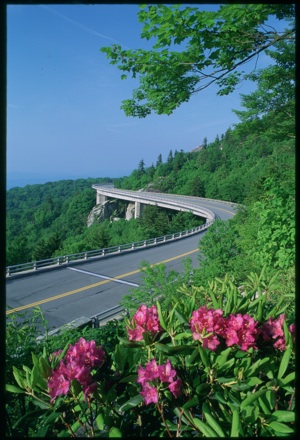
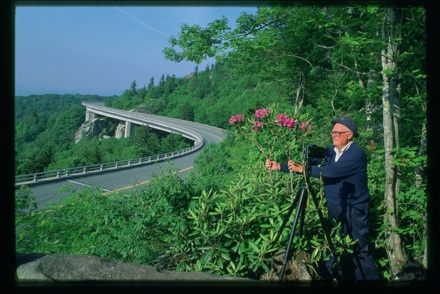
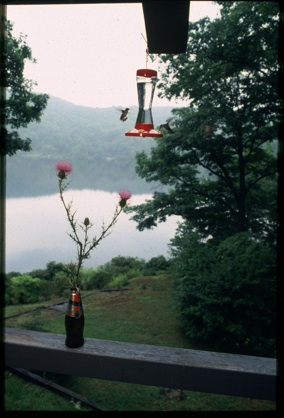
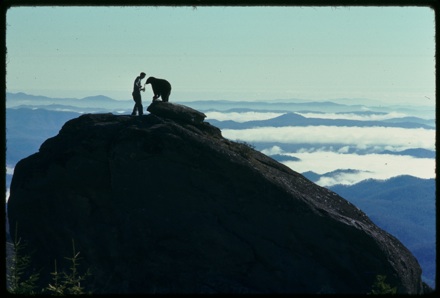
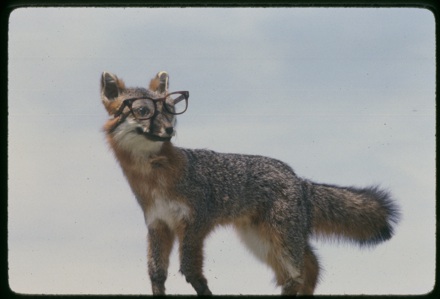
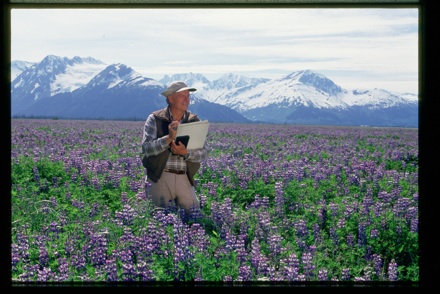
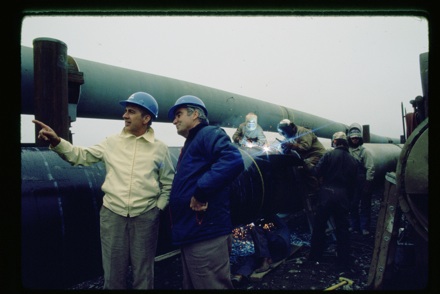
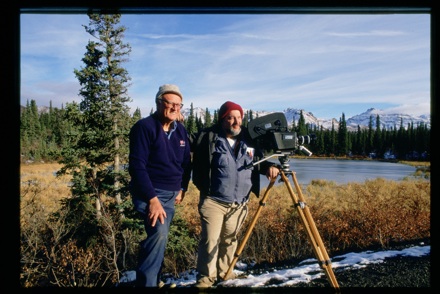
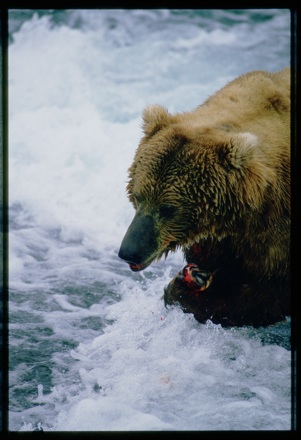
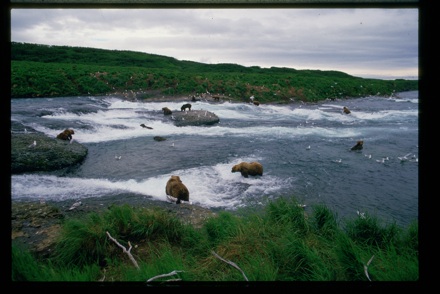


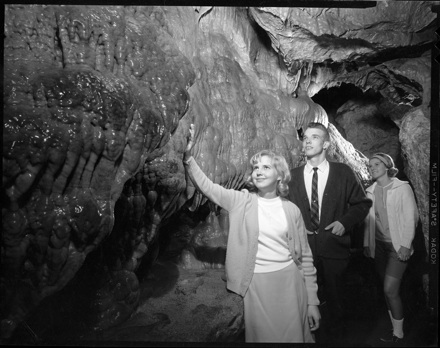
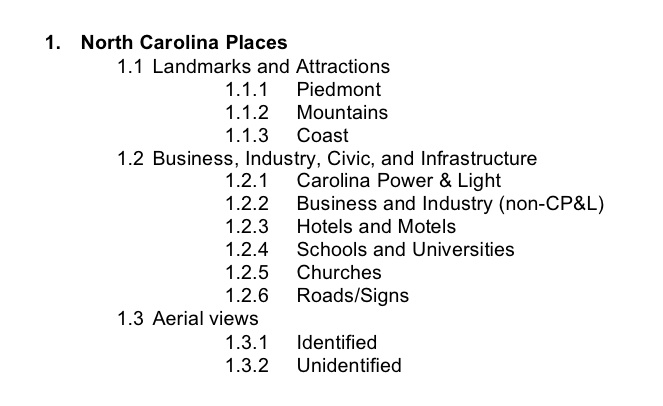
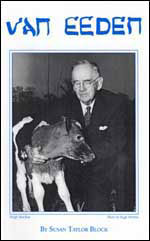 Please join us this Thursday evening, March 5th, for a reception and lecture to celebrate the opening of the newest exhibit in
Please join us this Thursday evening, March 5th, for a reception and lecture to celebrate the opening of the newest exhibit in 